Leveraging Scharmer's Disconnect Framework for Sustainable Mobility in Brazil
As Latin America faces rapid urbanization and a pressing need for sustainable development, innovative frameworks are essential for fostering sustainable mobility solutions. One such framework is Scharmer's Disconnect, which identifies the gaps between current practices and desired outcomes. By applying this framework to Brazil, a country grappling with traffic congestion, environmental concerns, and social inequality, can explore pathways to enhance sustainable mobility, technology integration, and effective traffic management.
Understanding Scharmer's Disconnect Framework
Scharmer's Disconnect Framework emphasizes the importance of understanding and addressing the gaps between existing practices and the vision for a more sustainable future. It involves three main levels of disconnect:1. Disconnect from Self: This level emphasizes personal awareness and motivation, where individuals recognize their own role in fostering sustainable mobility and show a willingness to adopt more eco-friendly habits.
2. Disconnect from Others: This level examines the relationships between stakeholders, including government agencies, private companies, and the community. Effective collaboration is crucial for driving sustainable solutions.
3. Disconnect from the Future: This level addresses the gap between current practices and future aspirations. It encourages innovative thinking and the exploration of new technologies and methods to achieve sustainable mobility goals.
Applying the Framework to Brazil's Mobility Challenges
Brazilian cities, especially São Paulo and Rio de Janeiro, face severe traffic congestion and pollution challenges. The Disconnect Framework can be instrumental in addressing these issues by promoting a holistic approach to sustainable mobility.
1. Connecting with Self: Fostering Awareness and Behavioral Change
To tackle mobility issues in Brazil, it is essential to foster a culture of sustainability among citizens. Public campaigns can raise awareness about the impact of individual transportation choices on the environment. Programs promoting cycling, walking, and the use of public transport can empower citizens to shift their habits. Additionally, educational initiatives in schools can instill a sense of responsibility toward sustainable mobility in future generations.
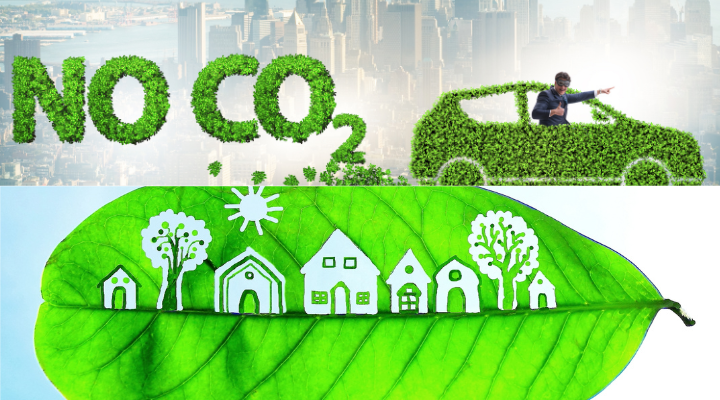
2. Building Connections with Others: Collaborative Governance and Stakeholder Engagement
The disconnect between various stakeholders in Brazil hampers effective mobility solutions. By fostering collaboration among government agencies, private sector partners, and civil society organizations, Brazil can create a unified approach to sustainable mobility. Multi-stakeholder forums can facilitate dialogue, allowing participants to share best practices and innovative ideas. Engaging local communities in decision-making processes ensures that solutions are context-specific and address the unique challenges faced by different regions.
3. Envisioning the Future: Integrating Technology and Innovative Solutions
Brazil's mobility landscape can greatly benefit from the integration of technology. By leveraging data analytics, smart traffic management systems, and mobility-as-a-service (MaaS) platforms, cities can optimize traffic flow, reduce congestion, and improve the overall efficiency of transportation networks. Additionally, embracing electric and shared mobility solutions can lead to significant reductions in carbon emissions.
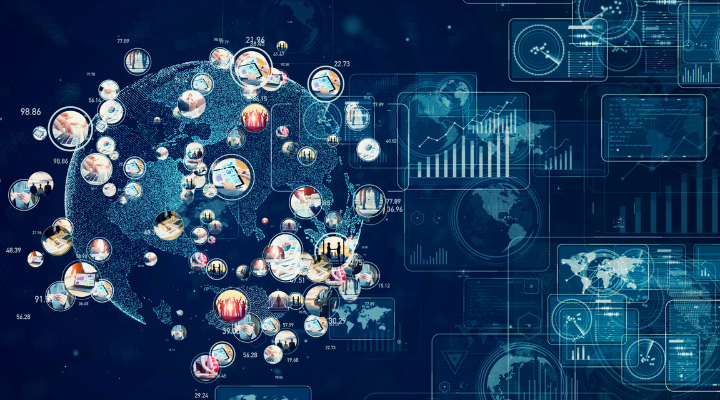
Case Study: São Paulo's Mobility Initiatives
São Paulo has been proactive in addressing its mobility challenges with a range of innovative solutions aimed at improving sustainability and reducing dependence on private vehicles. The city has significantly expanded its cycling infrastructure and introduced bike-sharing programs, encouraging residents to opt for bicycles over cars. This initiative is part of a broader effort to enhance public transportation systems, such as the metro and bus rapid transit (BRT), which aim to improve accessibility for all and decrease reliance on personal cars.
In line with its sustainability goals, São Paulo is committed to reducing emissions by 50% by 2028 and achieving full decarbonization by 2038. A key component of this effort is the city’s fleet of over 500 electric buses, with plans to increase this number to 2,000 by 2028. In addition, investments in bus corridors, bike lanes, and tram lines are designed to improve connectivity and further reduce car usage. Another ambitious project is the development of water transport terminals along the city's rivers, offering an eco-friendly commuting alternative that helps to alleviate traffic congestion.
To support sustainable mobility, Governor Tarcísio de Freitas of the Brazilian state of São Paulo launched the "SP on Rail" initiative, a R$194 billion (US$37.2 billion) investment program encompassing over 40 projects across inter-city, commuter rail, metro, and light rail networks, with a combined length of more than 1,000 kilometers. Nine projects have already been approved by the state’s Secretariat of Investment Partnerships (SPI), including the North Axis of the InterCity Train (TIC) network, which is currently under development.
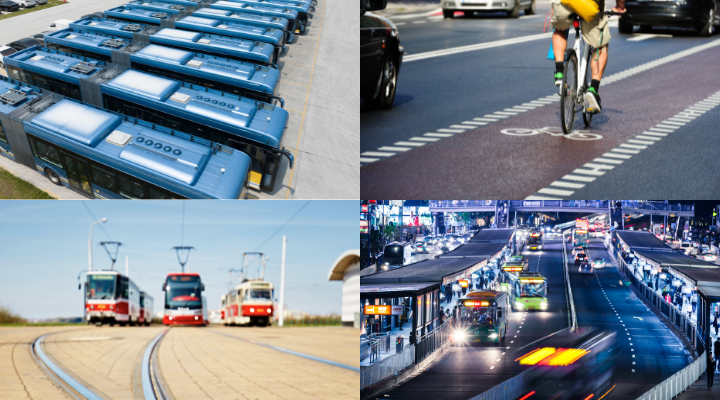
To align these projects with Scharmer's Disconnect Framework, São Paulo can place a strong emphasis on public awareness campaigns that promote the benefits of sustainable transportation options. By engaging citizens through social media, workshops, and community events, the city can foster a cultural shift that encourages more sustainable practices and helps build support for its long-term mobility and environmental goals.
Conclusion
Brazil's journey toward sustainable mobility requires a comprehensive approach that embraces Scharmer's Disconnect Framework. By fostering personal awareness, enhancing collaboration among stakeholders, and leveraging technology, Brazil can navigate its mobility challenges and create a more sustainable future. As cities continue to grow, the need for innovative solutions becomes increasingly urgent. By addressing the disconnects within society, Brazil can lead the way in sustainable mobility, ensuring a cleaner, greener, and more accessible urban environment for all its citizens.
Share your story
Do you have an innovation, research results or an other interesting topic you would like to share with the professionals in the infrastructure, traffic management, safety, smart mobility and parking industry? The Intertraffic website and social media channels are a great platform to showcase your stories!
Please contact our Sr Brand Marketing Manager Carola Jansen-Young.
Are you an Intertraffic exhibitor?
Make sure you add your latest press releases to your Company Profile in the Exhibitor Portal for free exposure.
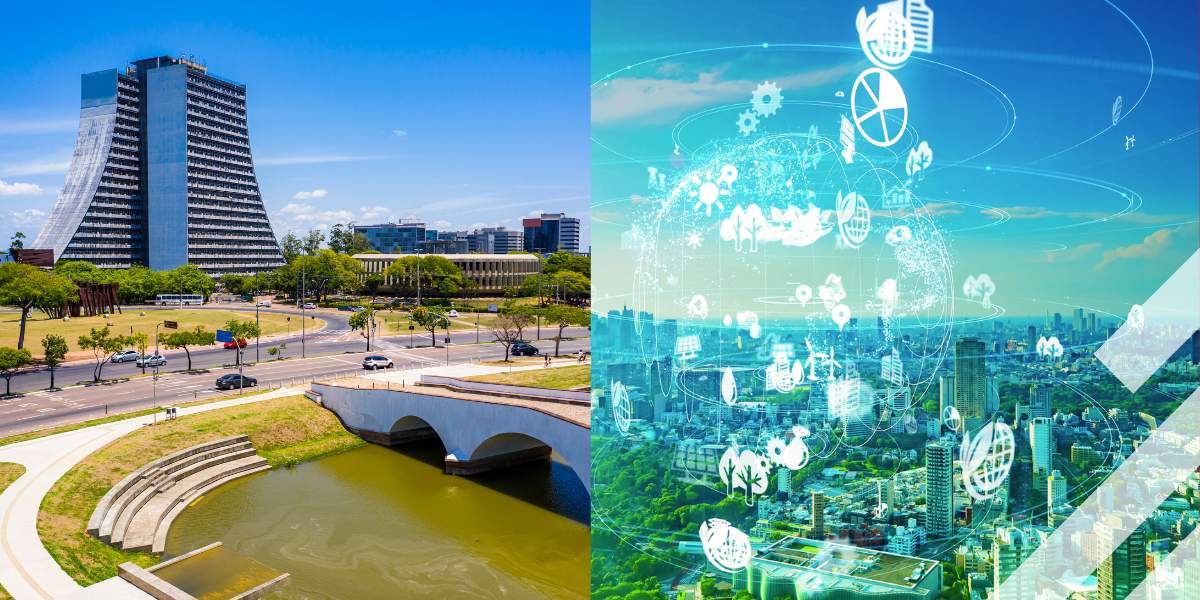
Aprovechando el Marco de Desconexión de Scharmer para la Movilidad Sostenible en Brasil
28 November 2024
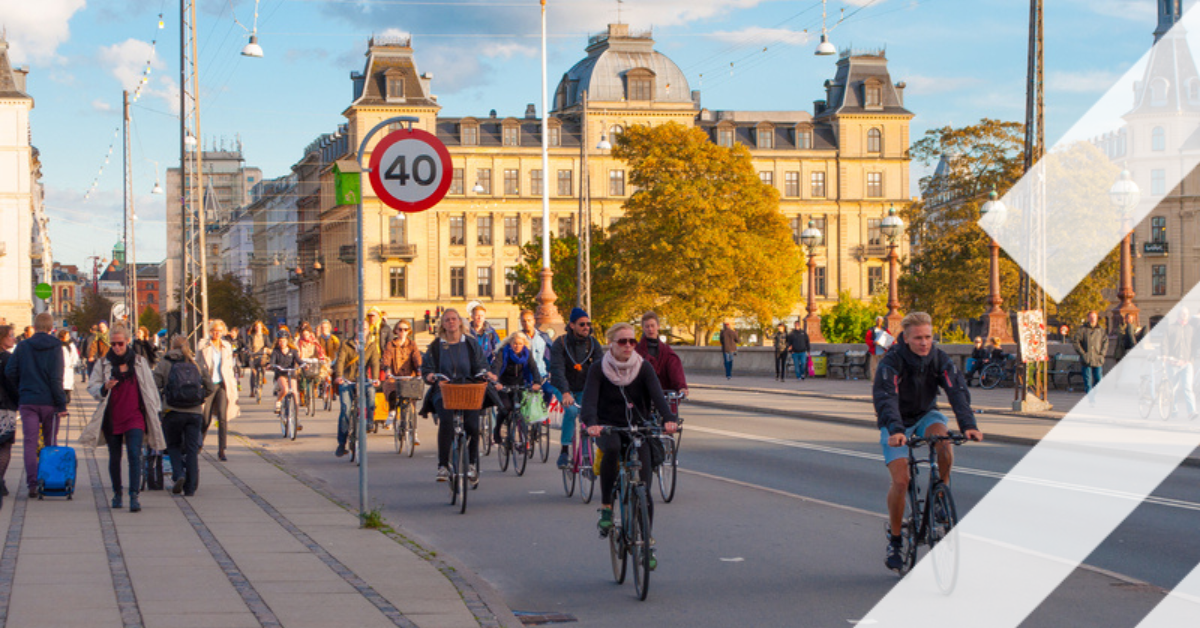
¿Qué hay para ti? Por qué los eco-recompensas y la teoría del empujón podrían transformar la forma en que viajamos
22 September 2025
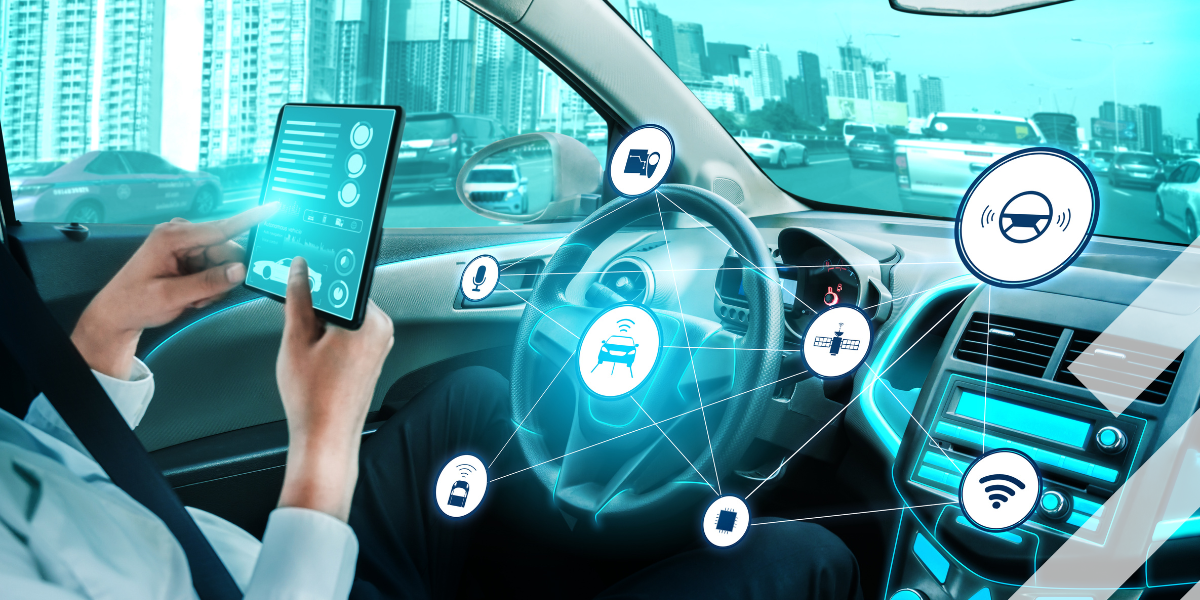
Una perspectiva positiva para la movilidad sostenible en 2025
27 January 2025
Get up to speed on the mobility industry - our newsletter straight to your inbox!
